The Pro Display XDR is the only external display Apple currently offers. But its basic price is astronomical and indefensible for a normal user. And it is perhaps a shame, because if Apple offered a wider portfolio, surely more users of its computers would desire a display of the same brand. But maybe we'll see.
Yes, the Pro Display XDR is a professional display that basically costs CZK 139. With the Pro Stand holder, you will pay CZK 990 for it, and if you appreciate the glass with a nanotexture, the price rises to CZK 168. Nothing for the normal user who doesn't make a living looking at such a display, and who doesn't take advantage of all its advantages, which are 980K resolution, brightness of up to 193 nits, a tremendous contrast ratio of 980:6 and a super-wide viewing angle with more than a billion colors with exceptional accurate submission. And of course there's the dynamic range.
Future
What could Apple bring more to the field of external displays? Of course, there is room, and there is already speculation about the news. News from the summer they are talking about the newly arrived external display, which should also bring a dedicated A13 chip with Neural Engine (i.e. the one with which iPhones 11 came). This display is said to be already being developed under the codename J327, however, further information is unknown. In the light of past events, it can be judged that it would contain a mini-LED and it would not lack an adaptive refresh rate.
Apple already introduced Pro Display XDR in June 2019, so its update might not be out of the question. Additionally, embedding the CPU/GPU into an external display could help Macs deliver high-resolution graphics without using all the resources of the computer's internal chip. It could also have added value in the AirPlay function. In this case, the price will of course correspond to the quality, and if the Pro Display XDR doesn't get cheaper, the new product will certainly surpass it.
It could be interest you

However, Apple could also go the other way, i.e. the cheaper one. His current portfolio also proves that it is possible. We not only have the iPhone 13 mini here, but also the SE, just as the company introduced the Apple Watch Series 6 alongside the cheaper SE. A certain similarity can also be found with iPads, AirPods or HomePods. So why couldn't we have, for example, a 24" external monitor based on the design of this year's iMacs? He could practically look identical, just missing that criticized chin. And what would its price be? Probably somewhere around 25 thousand CZK.
Past
However, it is true that if Apple provided a 24" monitor, it would be a little less than the previous model. In 2016, it stopped selling the display it referred to as the 27" Apple Thunderbolt Display. It was the first display in the world with Thunderbolt technology, which was therefore included in the name itself. At the time, it enabled an unrivaled fast data transfer between devices and a computer. Two channels of 10 Gbps throughput were present, which were up to 20 times faster than USB 2.0 and up to 12 times faster than FireWire 800 in both directions. The price? Around 30 thousand CZK at that time.

The history of the company's external displays, formerly of course monitors, dates back to 1980, when the first monitor was introduced together with the Apple III computer. However, the more interesting history is the one from 1998, when the company introduced the Studio Display, i.e. a 15" flat panel with a resolution of 1024 × 768. A year later, however, the 22" wide-angle Apple Cinema Display came on the scene, which was introduced together with the Power Mac G4 and which gave rise to the design of later iMacs. Apple also kept this line alive for quite a long time, until 2011. It gradually offered them in 20, 22, 23, 24, 27 and 30" sizes, with the last model being the 27" one with LED backlight. But it's been 10 years already.
It could be interest you
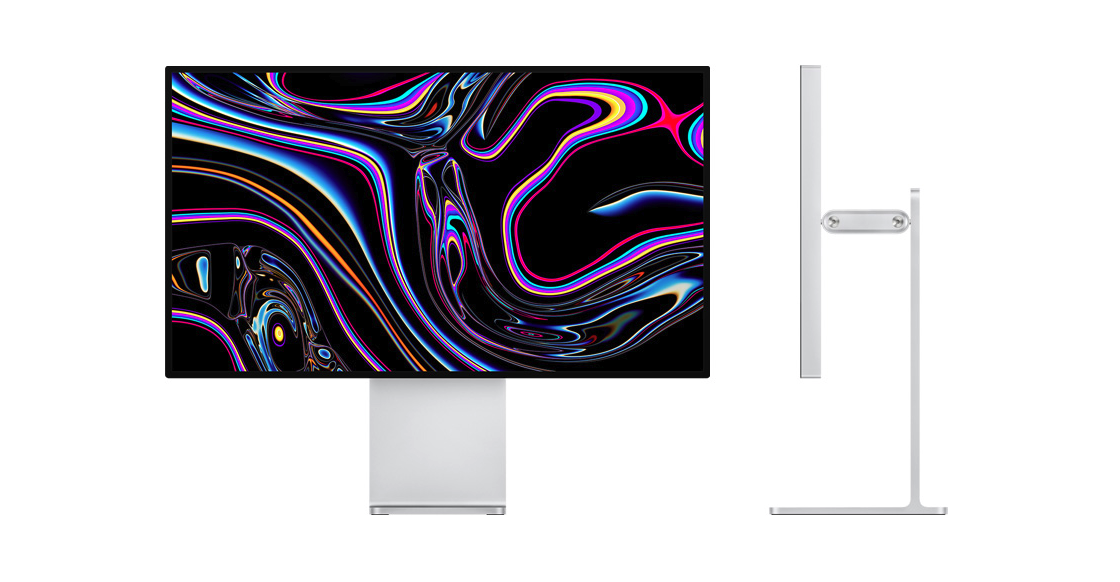
The history of the company's external displays is therefore quite rich, and it is a bit illogical that it does not now offer, for example, owners of Mac minis with an M1 chip any own and, above all, affordable solutions. You certainly cannot buy a display for 22 thousand with a computer for 140 thousand. Owners of these machines automatically have to resort to solutions from other manufacturers, whether they like it or not.
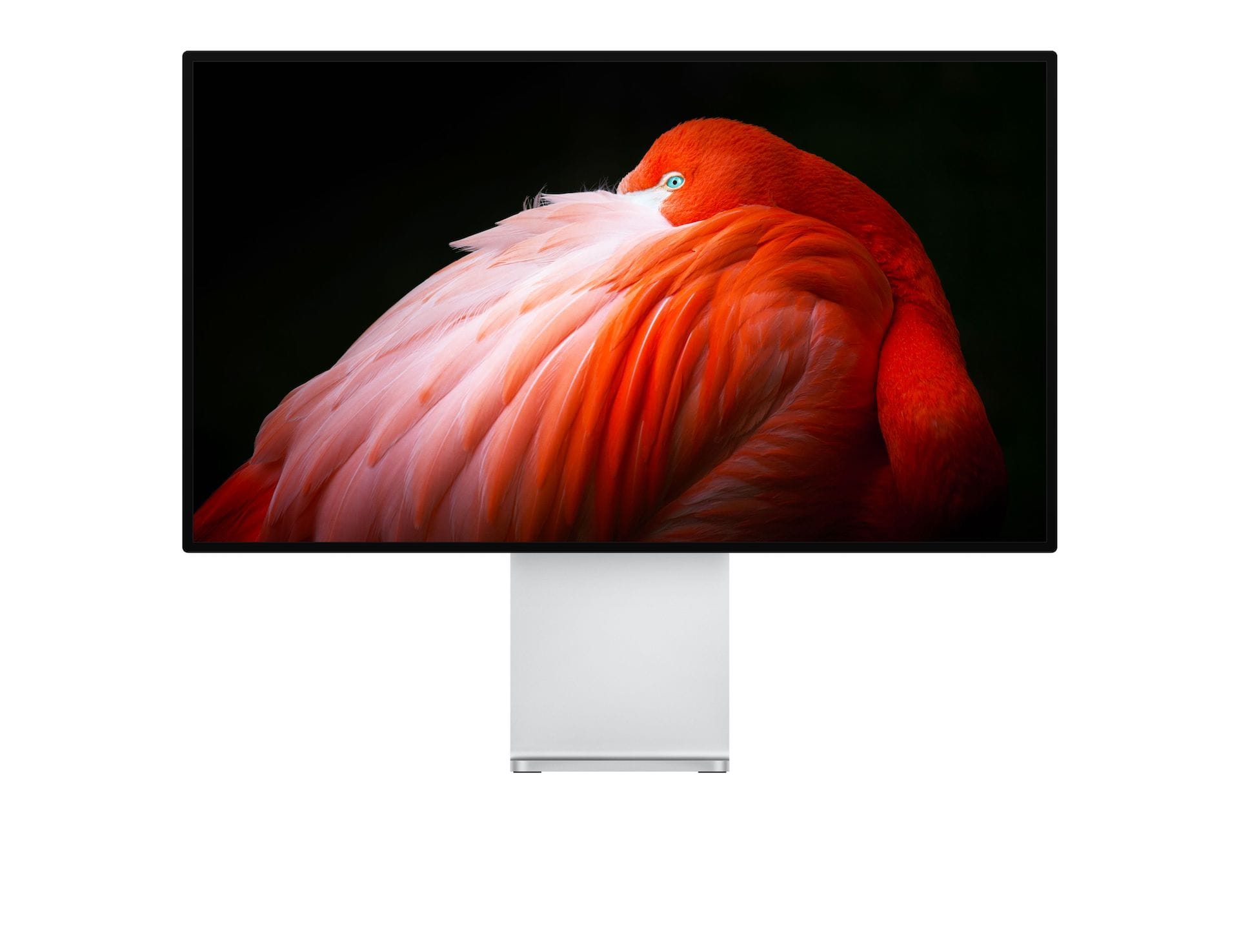
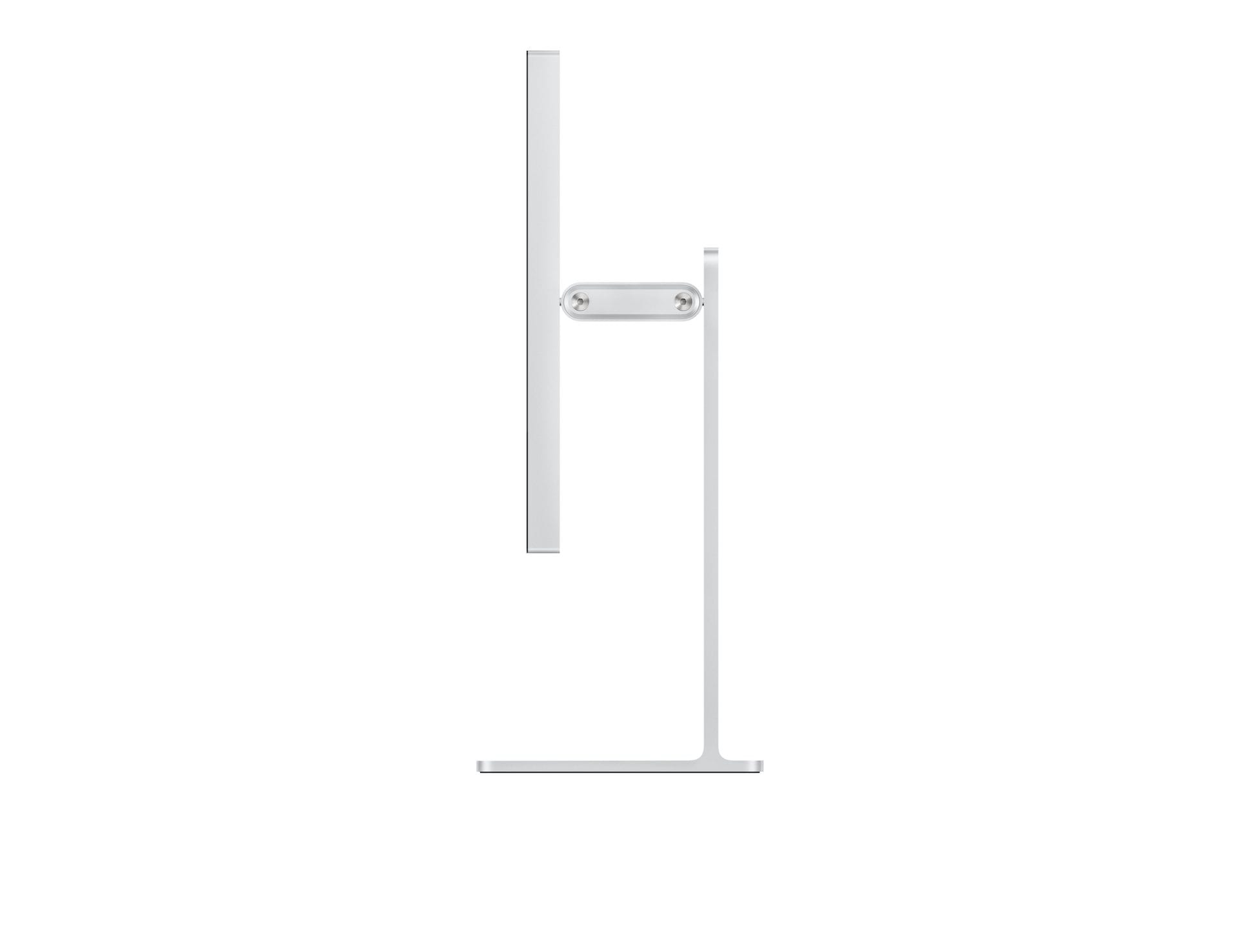
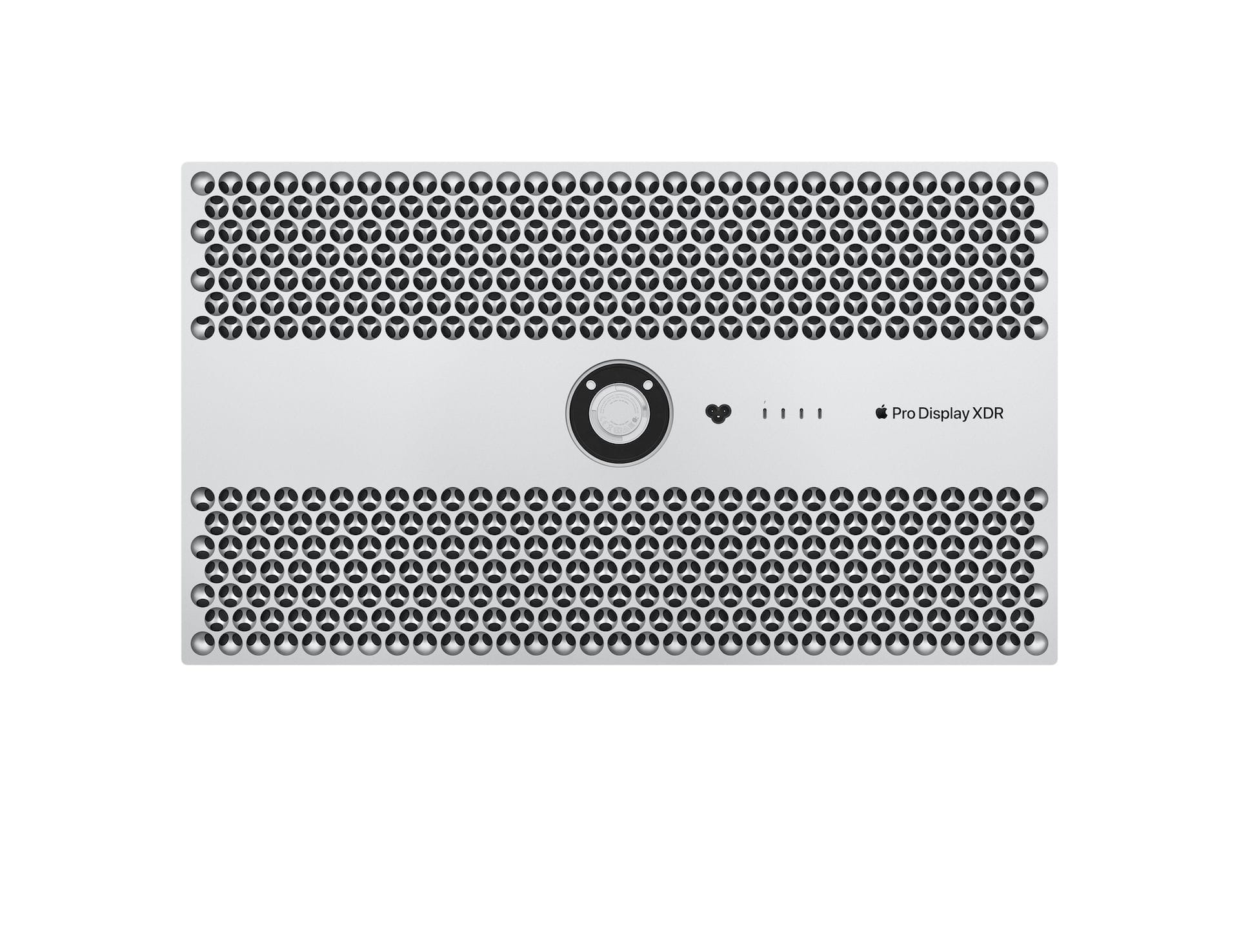
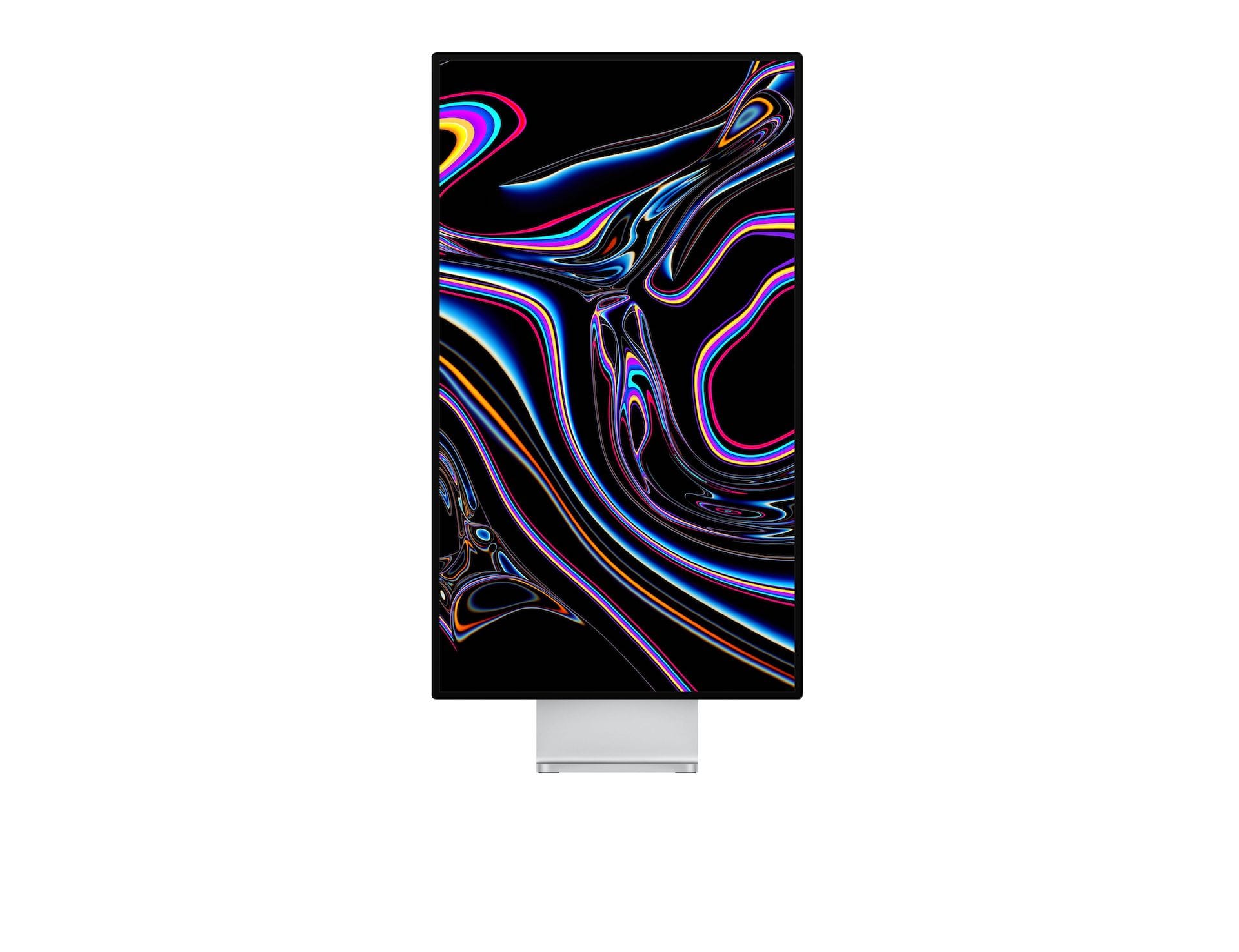
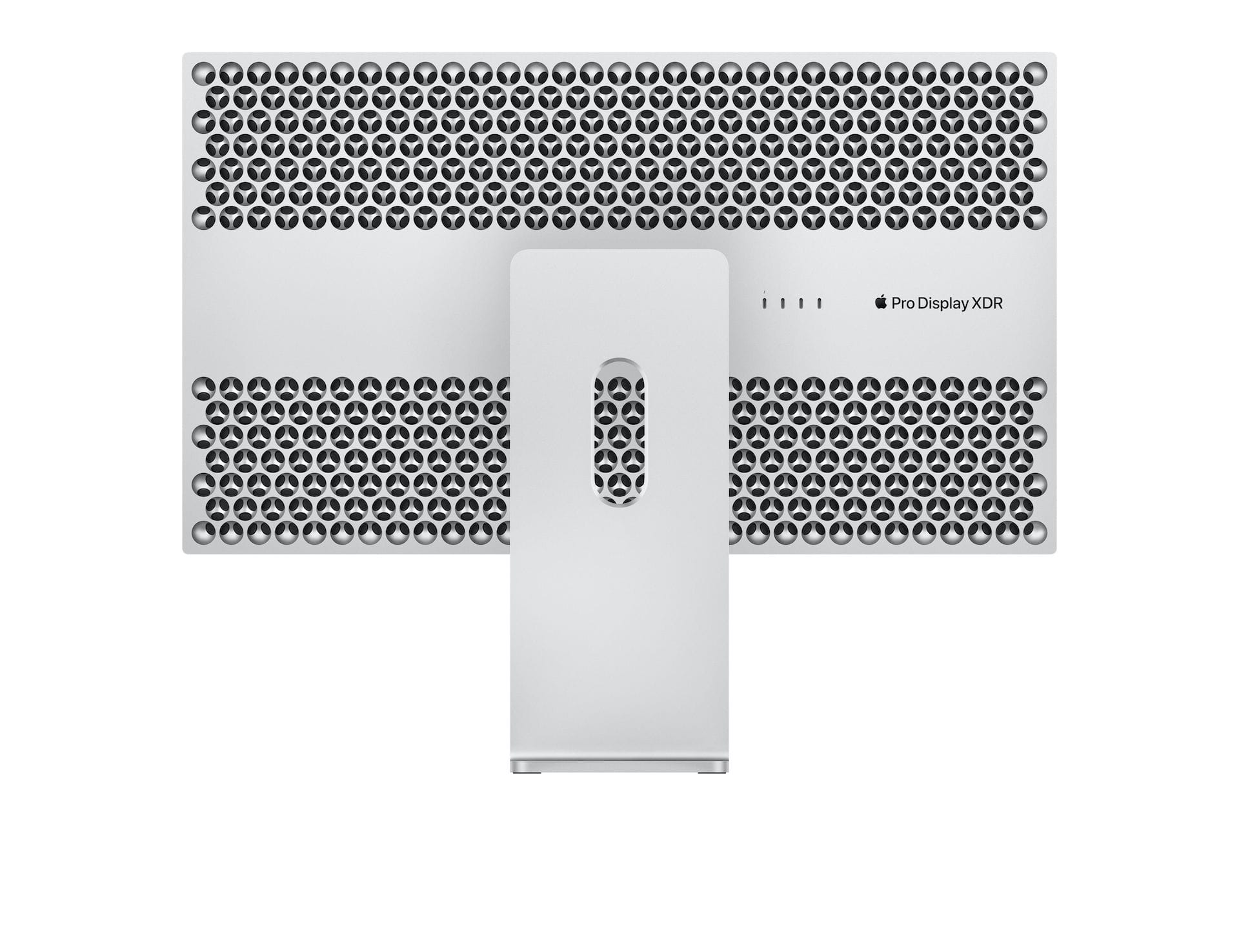

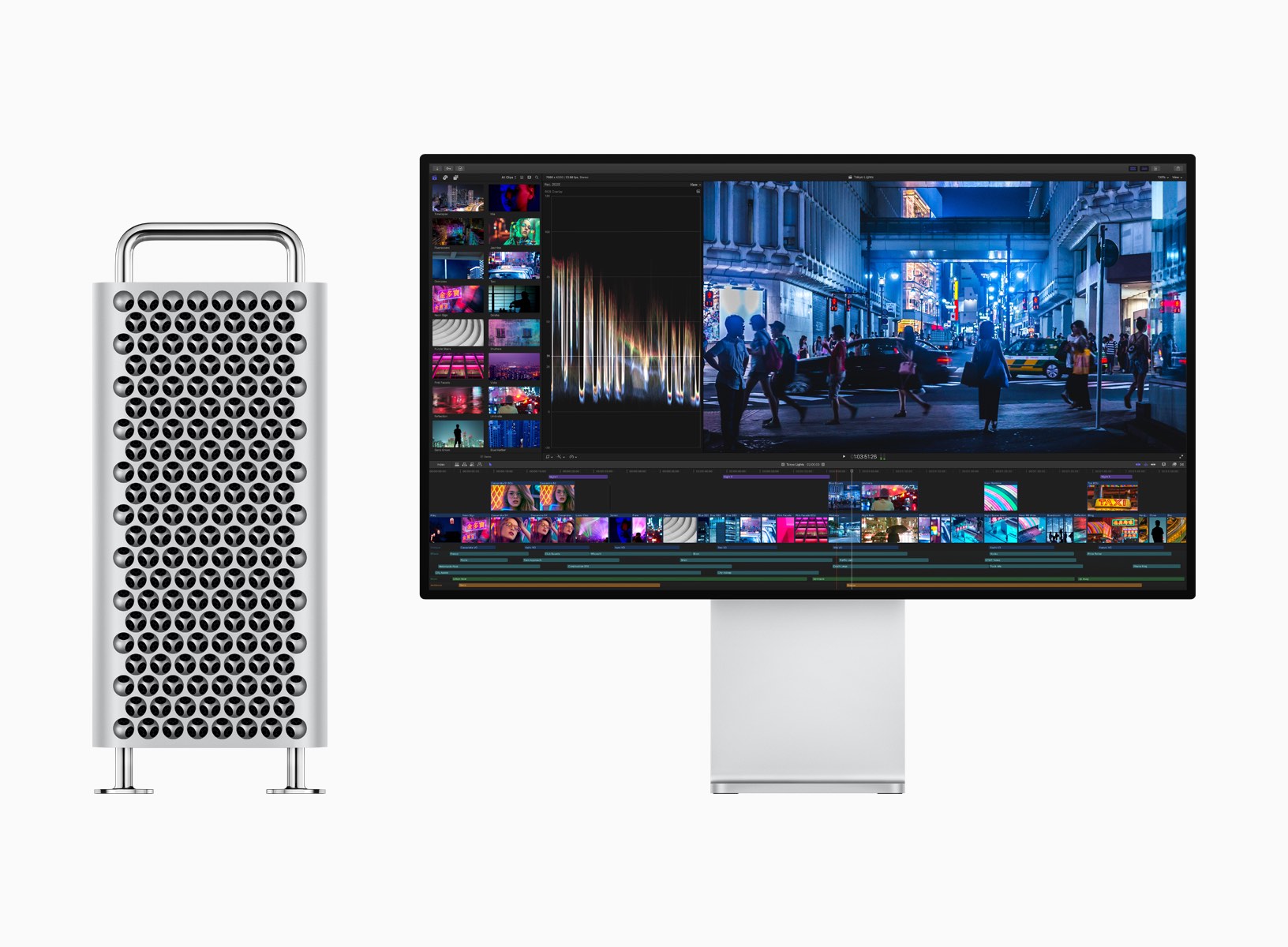
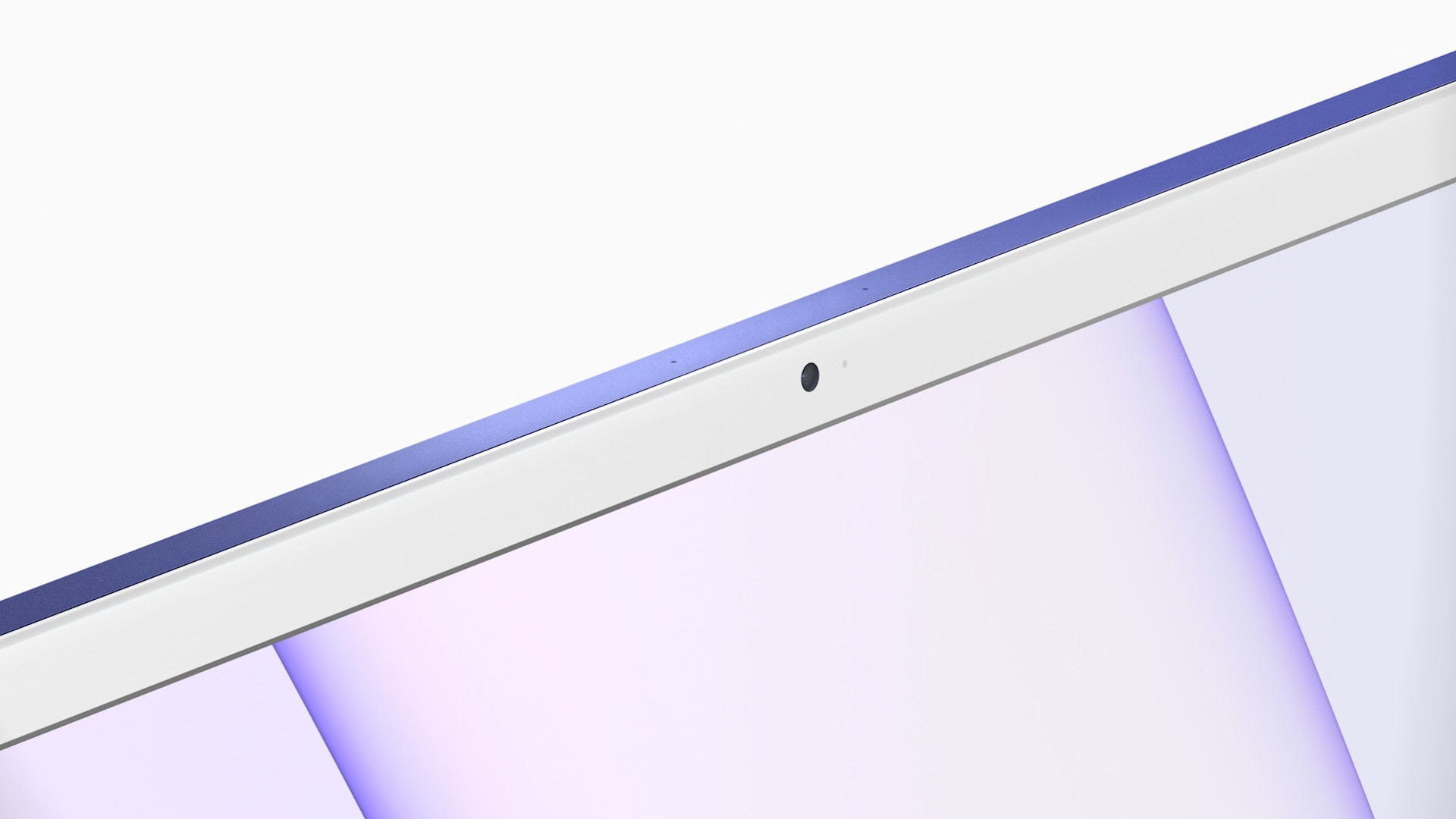


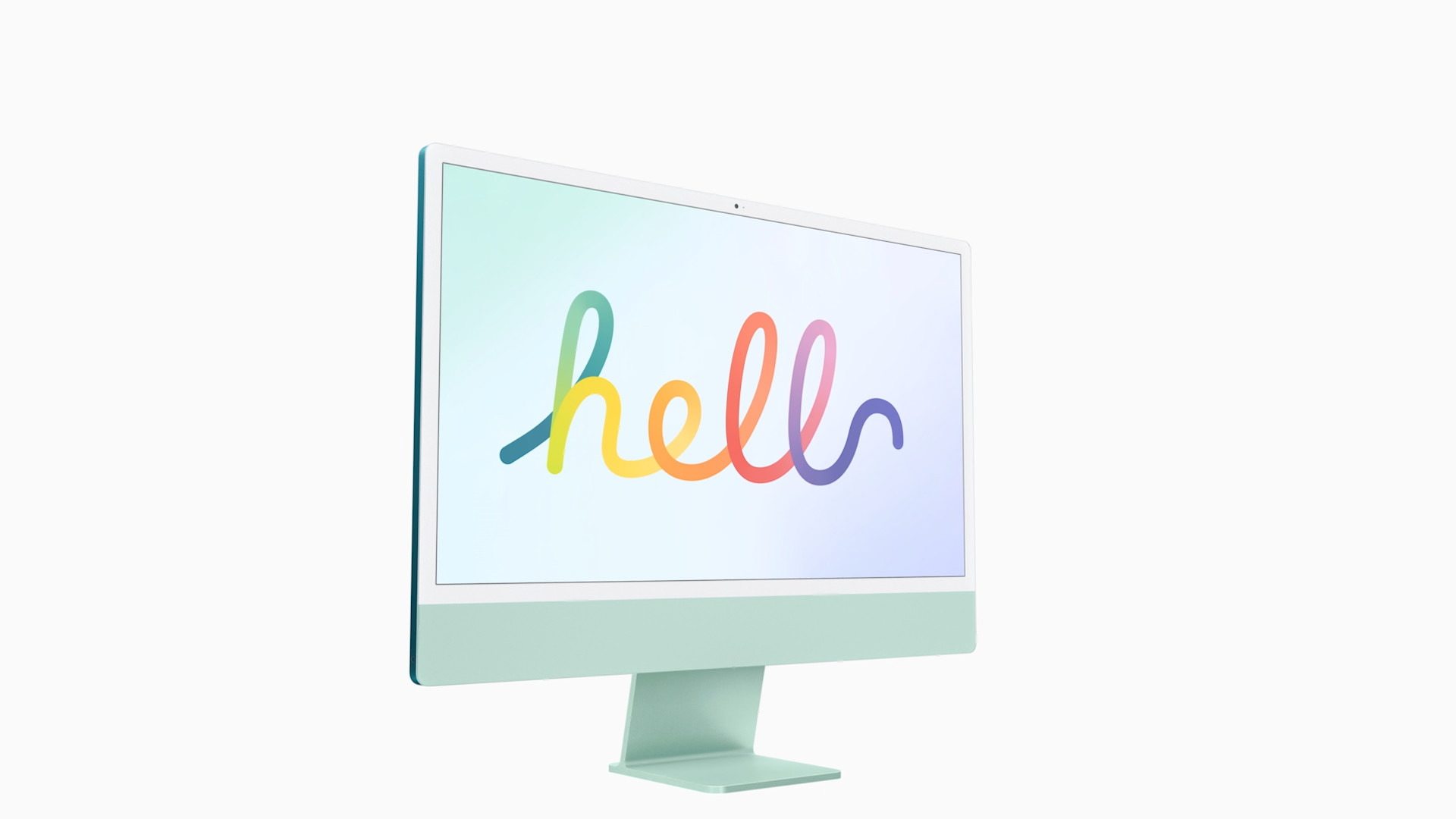

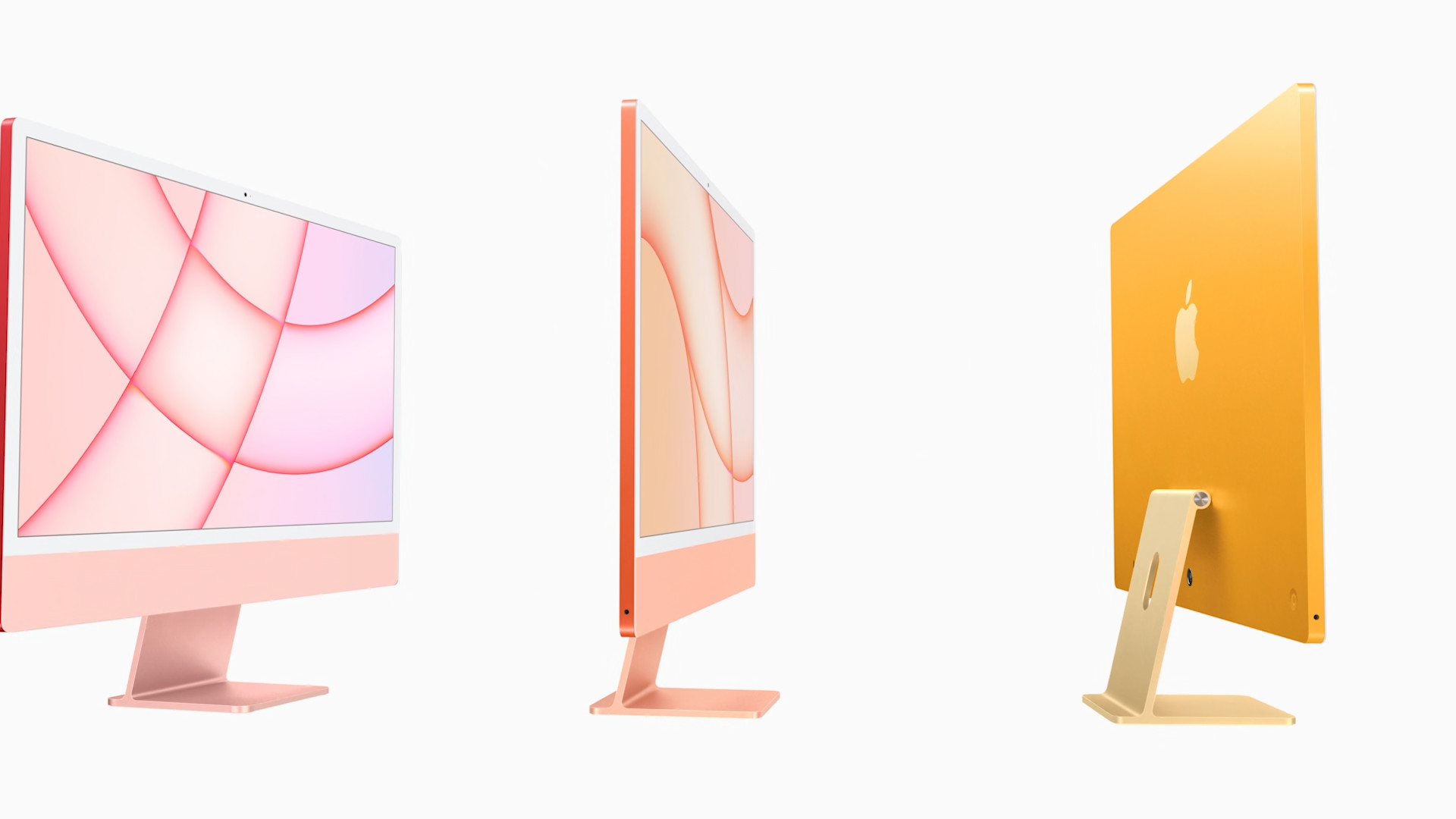
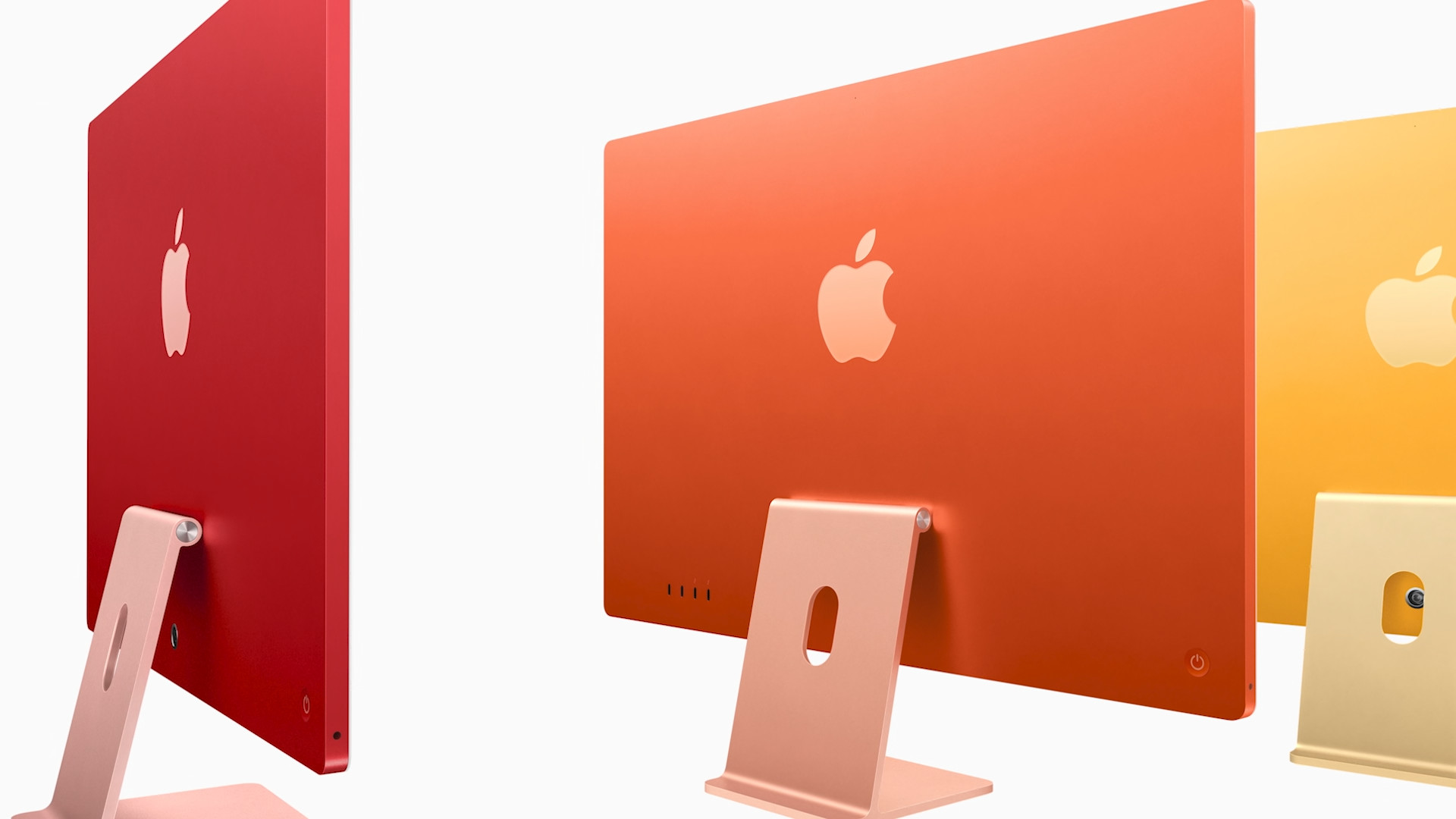


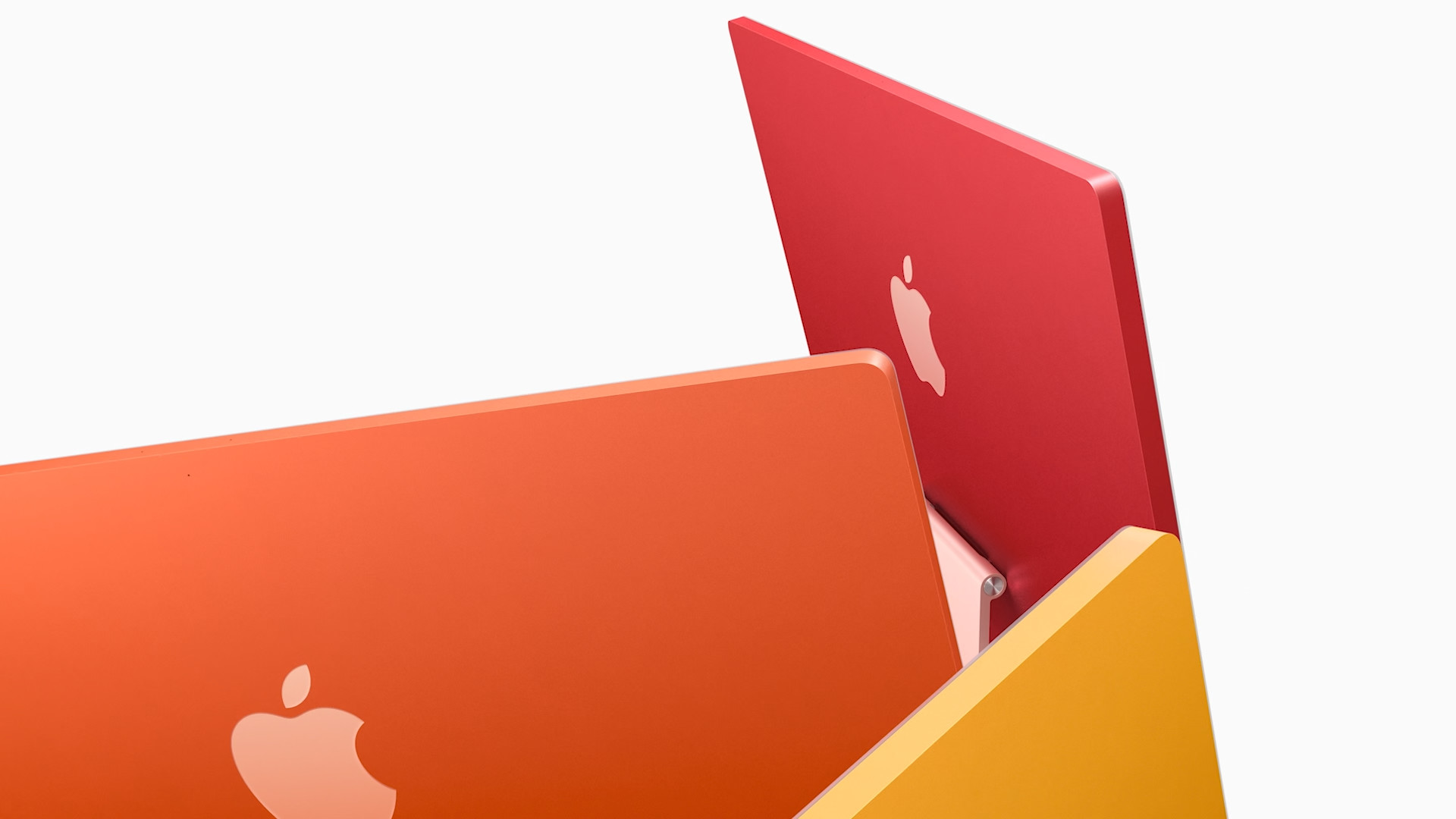
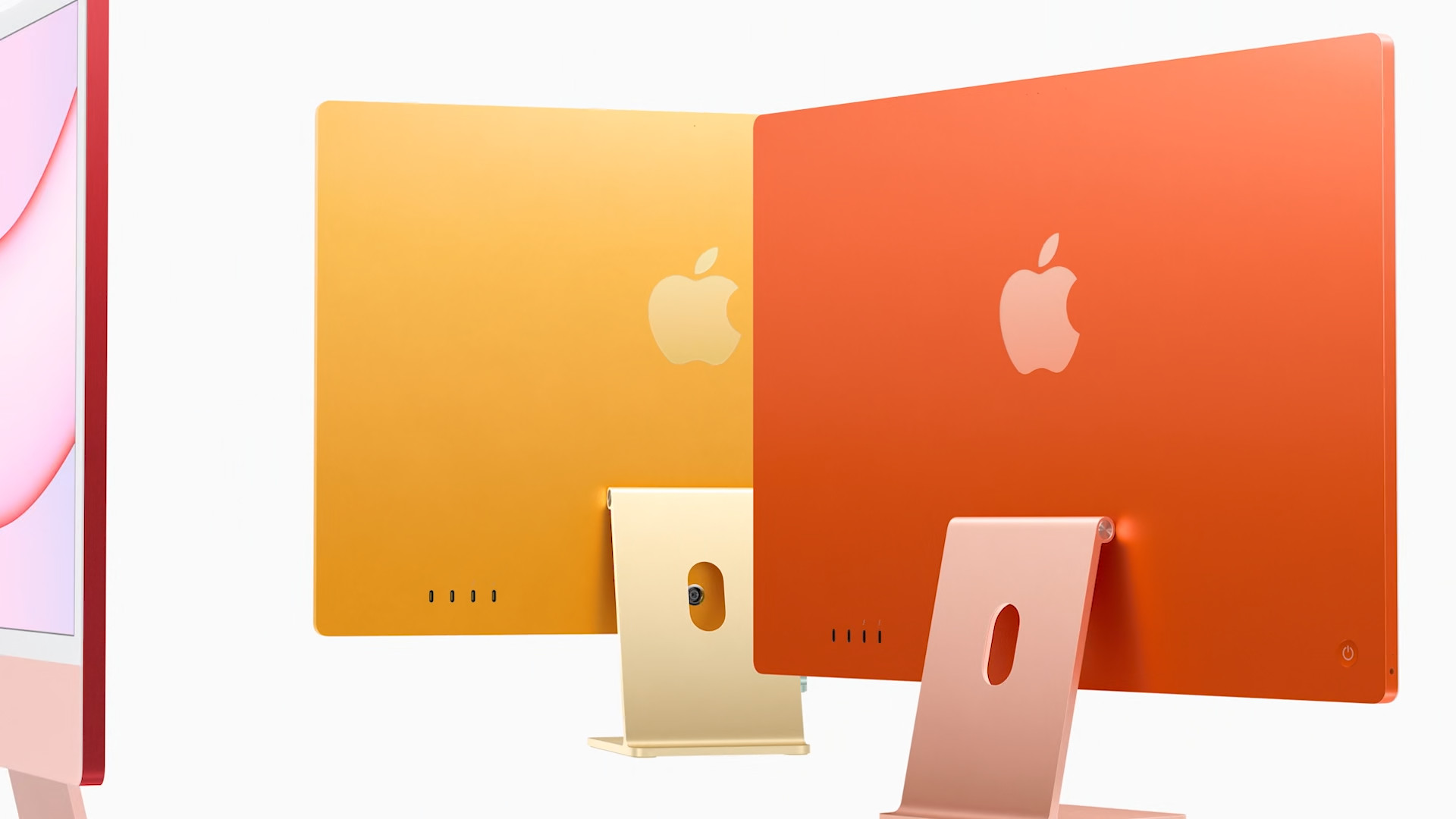

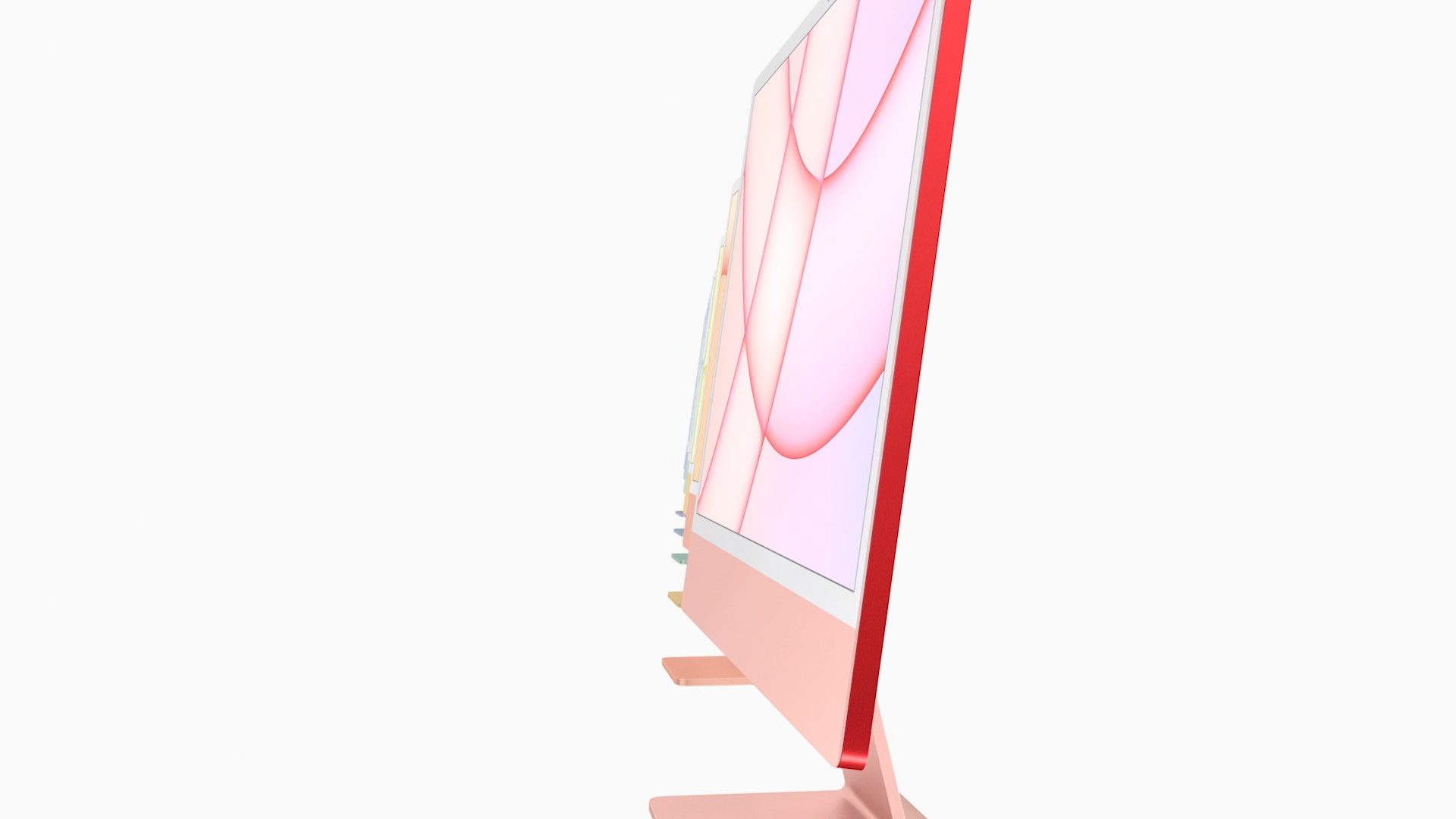








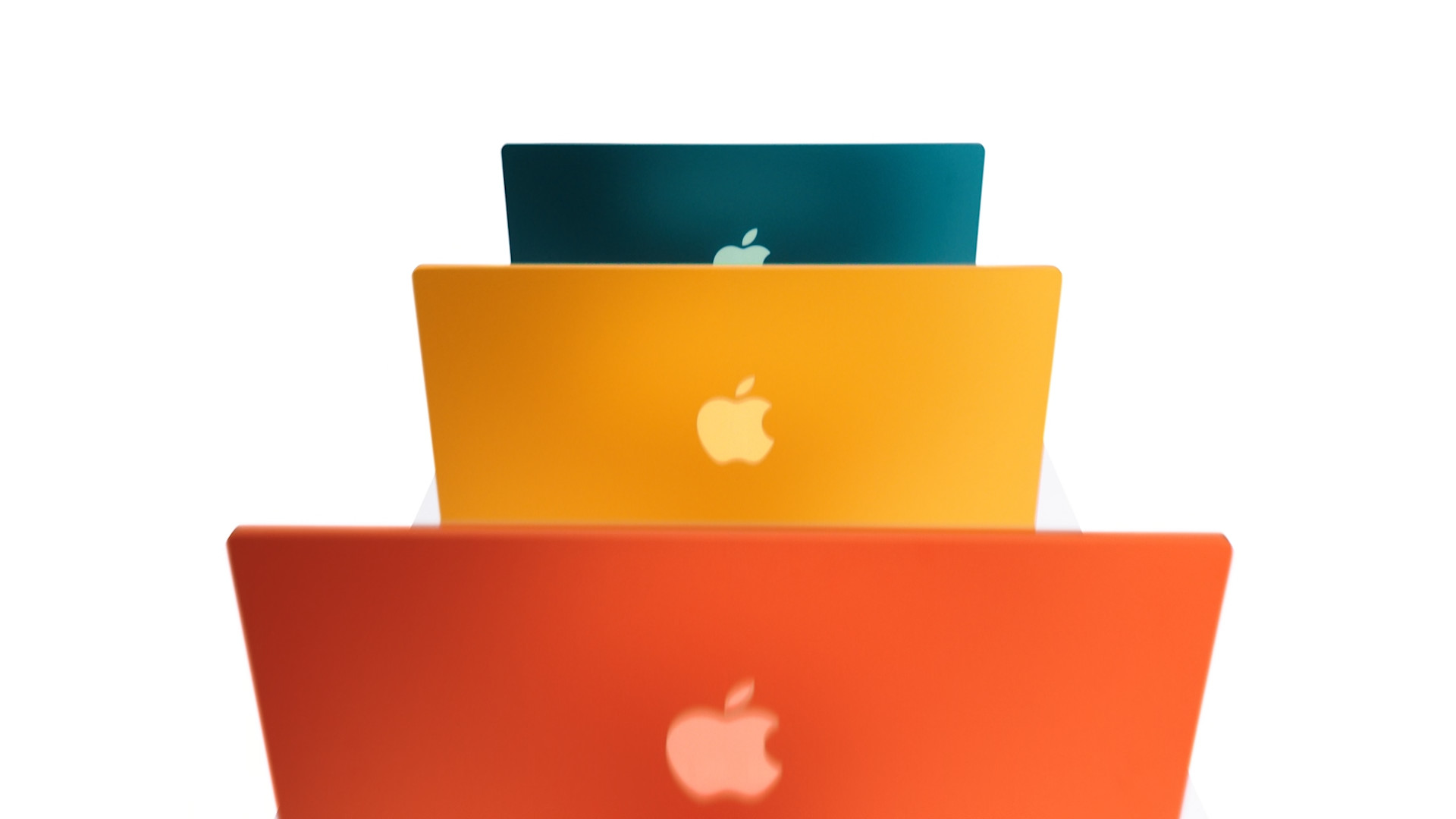
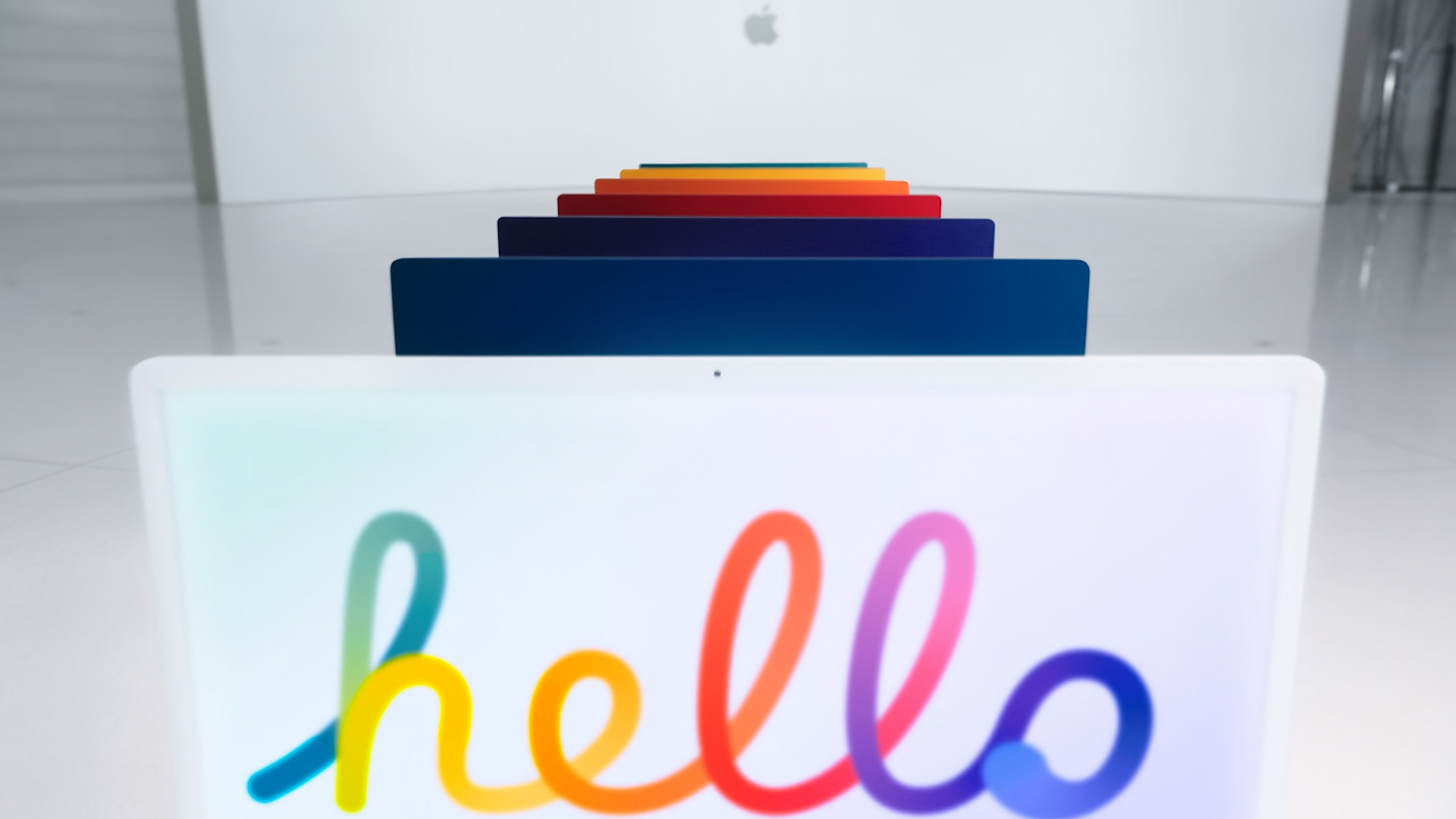
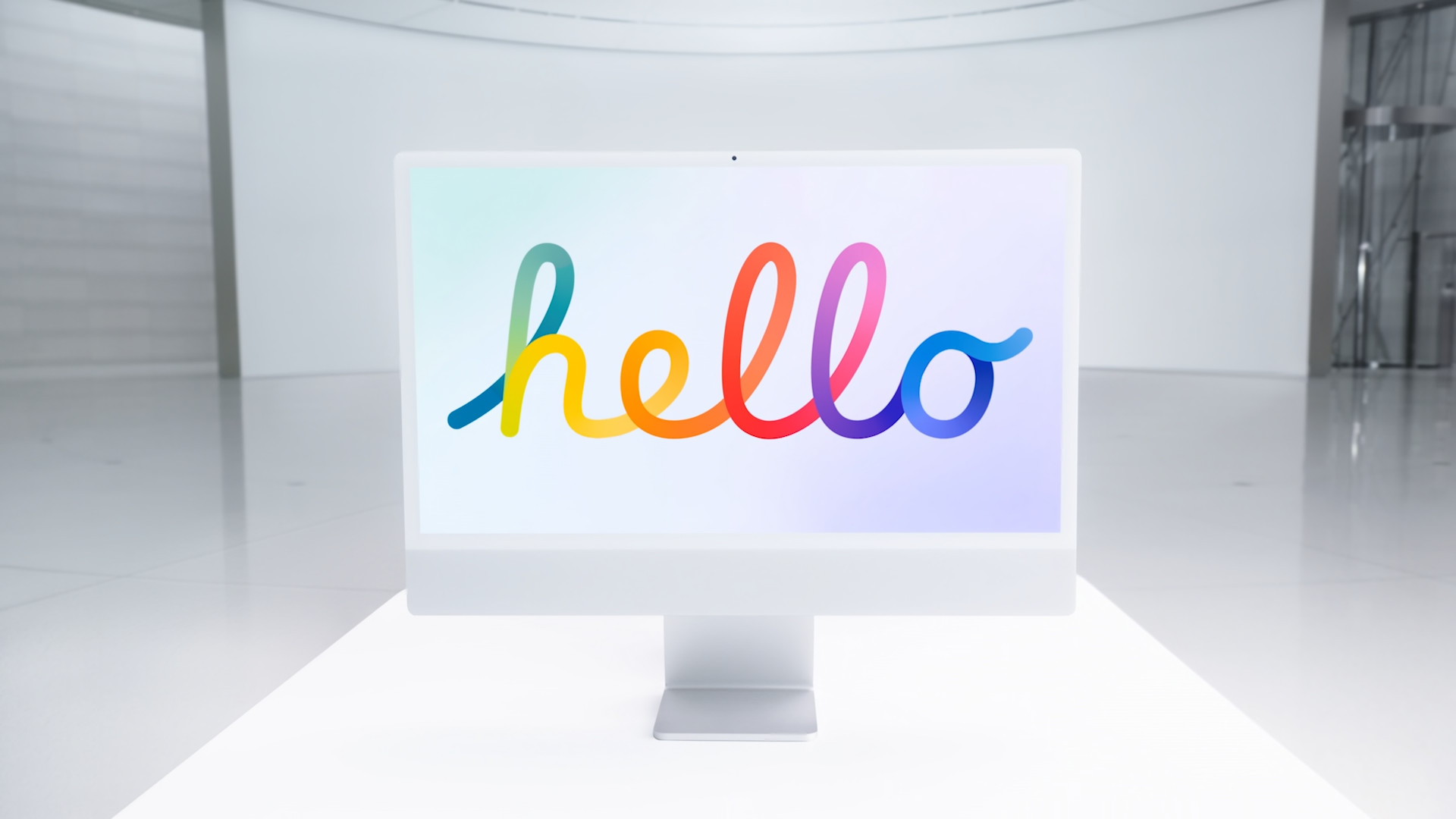
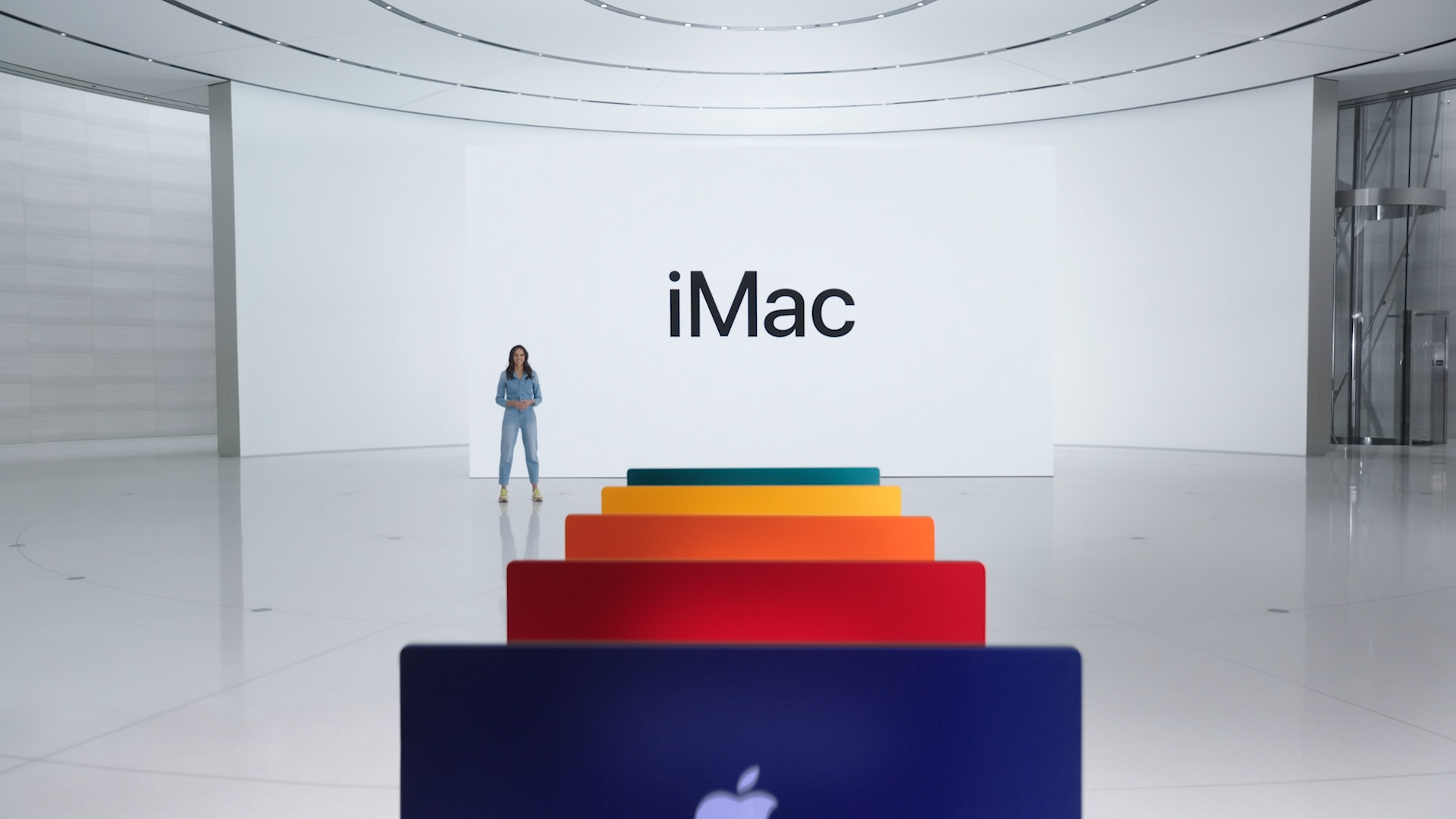
 Adam Kos
Adam Kos
I have no desire for large-diagonal displays at all, so if someone makes a 24″ display with HDR, decent contrast and 4K resolution, I will immediately buy it.
"... which is lifeless by looking at such a display"
Inanimate? Like a zombie?